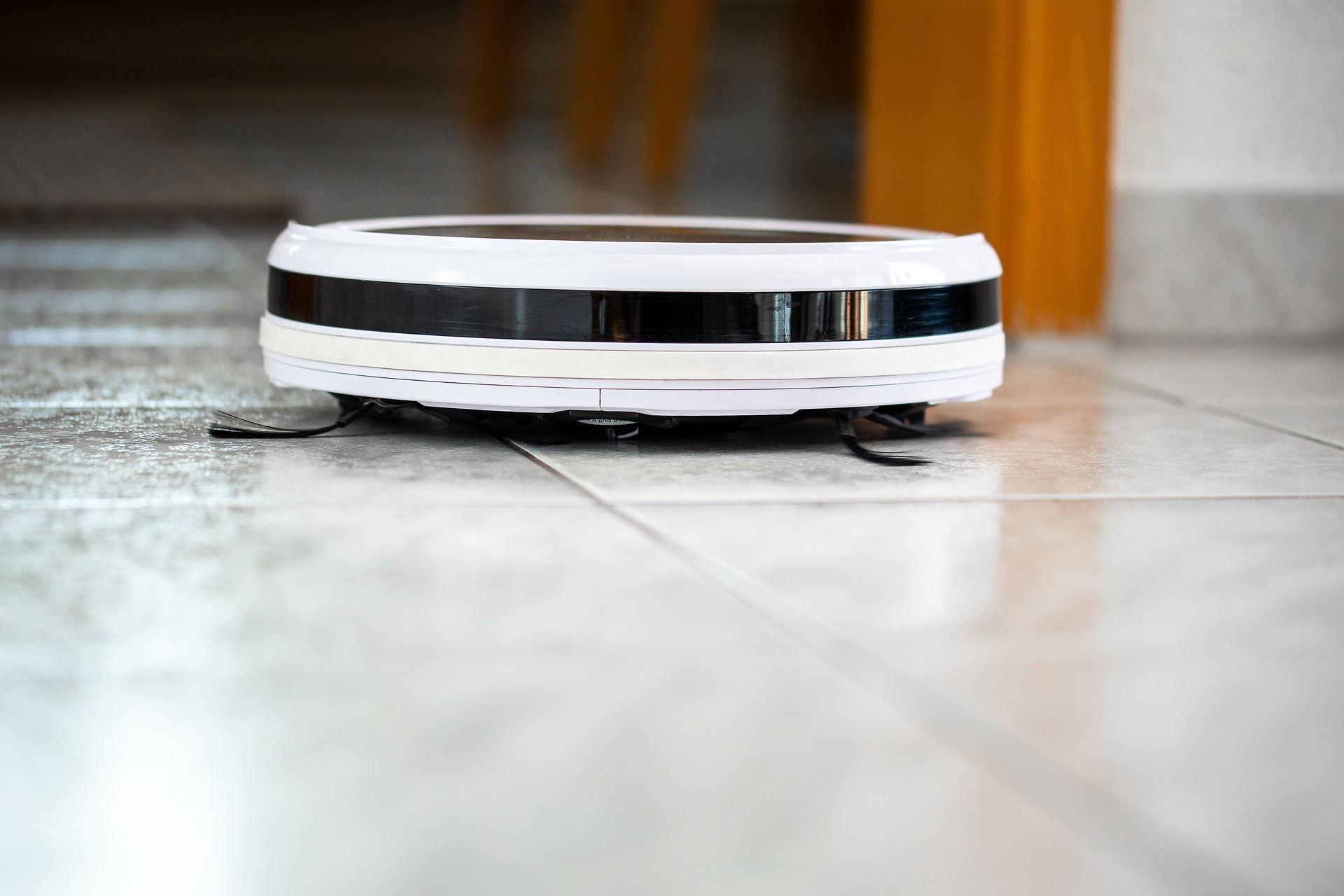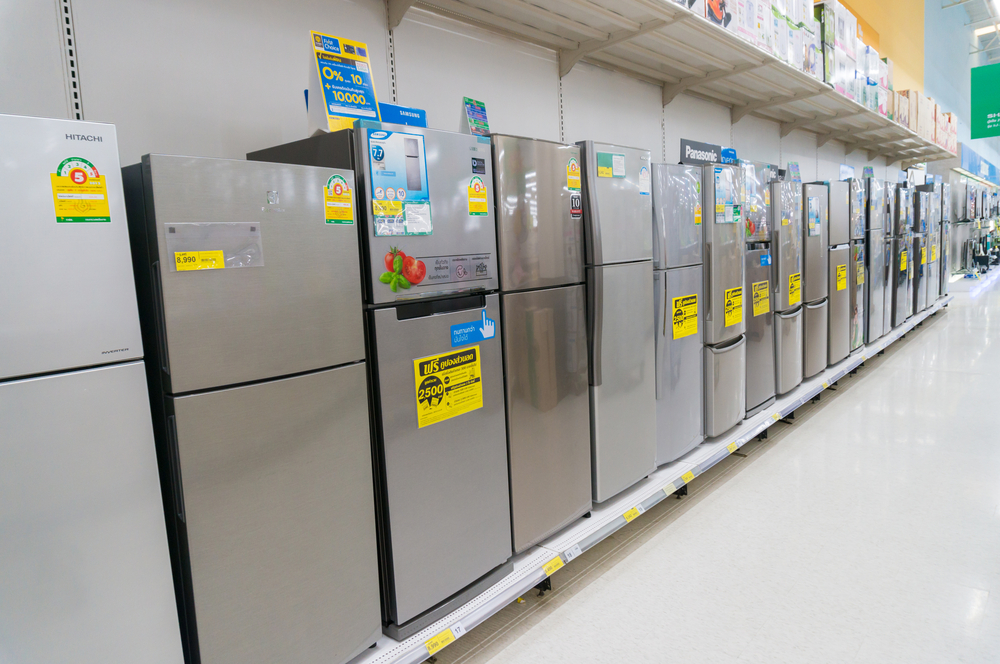"Plunging into the World of Foldable Tech: The Dawn of a New Era"
In the dynamic tech industry, disruptive innovation is the name of the game. The latest entrant causing a stir is foldable technology. From smartphones, laptops to wearables, foldable tech is heralding a revolution, promising to redefine our interaction with technology, and changing the very form of the devices we use every day.

Background: The Journey So Far
Foldable technology has its roots in flexible electronics, a field that gained momentum in the late 2000s. This was when researchers started exploring the potential of flexible electronic components that could bend without breaking. In 2011, Samsung revealed its Youm flexible display technology, which laid the groundwork for foldable devices.
Fast forward to 2019, and we saw the first commercial foldable smartphone, the Samsung Galaxy Fold. Although it faced initial hurdles, it paved the way for a new category of devices that combined the portability of a smartphone with the utility of a tablet.
Enter 2021: Foldable Tech Takes Center Stage
The year 2021 marked a significant leap for foldable tech. Samsung launched its third-generation foldable phones, the Galaxy Z Fold 3 and Z Flip 3. They offered improved durability, better software support, and a more refined design, indicating that foldable tech had matured from an experimental phase to a viable product category.
Meanwhile, other tech giants aren’t far behind. Microsoft has introduced the Surface Duo 2, a unique take on the foldable form factor, while Apple is reportedly exploring foldable iPhone designs.
The Market Impact and Pricing Spectrum
Foldable tech is not just about smartphones. It’s set to transform various product categories, including laptops and wearables. Lenovo has already introduced the world’s first foldable PC, the ThinkPad X1 Fold, which provides a glimpse into the future of computing.
As for pricing, foldable devices currently belong to the high-end category due to the cost of production. The Galaxy Z Fold 3, for example, starts at around $1,800. However, with advancements in technology and increased competition, prices are expected to become more consumer-friendly in the future.
The Road Ahead: Exciting Prospects, Real Challenges
The future of foldable tech is rife with exciting possibilities. Imagine a wearable that wraps around your wrist, then unfurls into a smartphone when you need a larger screen. Or a compact device that opens up to reveal a full-sized laptop display.
However, challenges remain. Durability is a significant concern, given the mechanical stress that foldable devices undergo. Battery life is another issue, given the larger screen real estate.
Despite these challenges, foldable tech is here to stay. It’s a testament to the tech industry’s relentless quest for innovation, promising to transform our interaction with technology. As we stand on the cusp of this new era, one thing is clear: the future of tech is not just flexible—it’s foldable.




